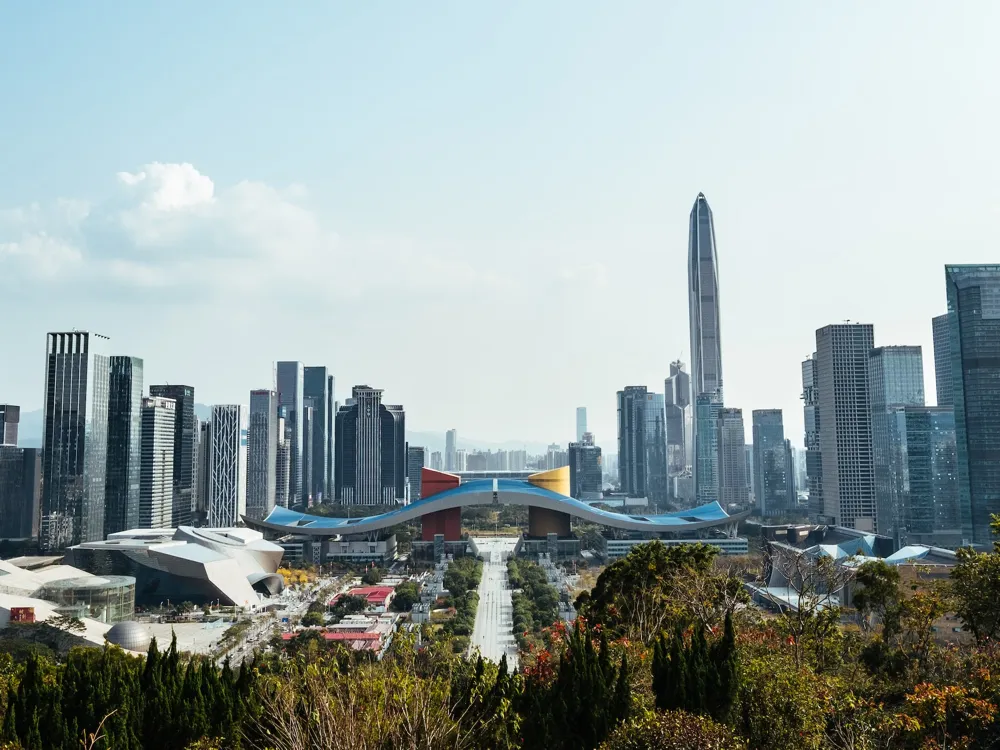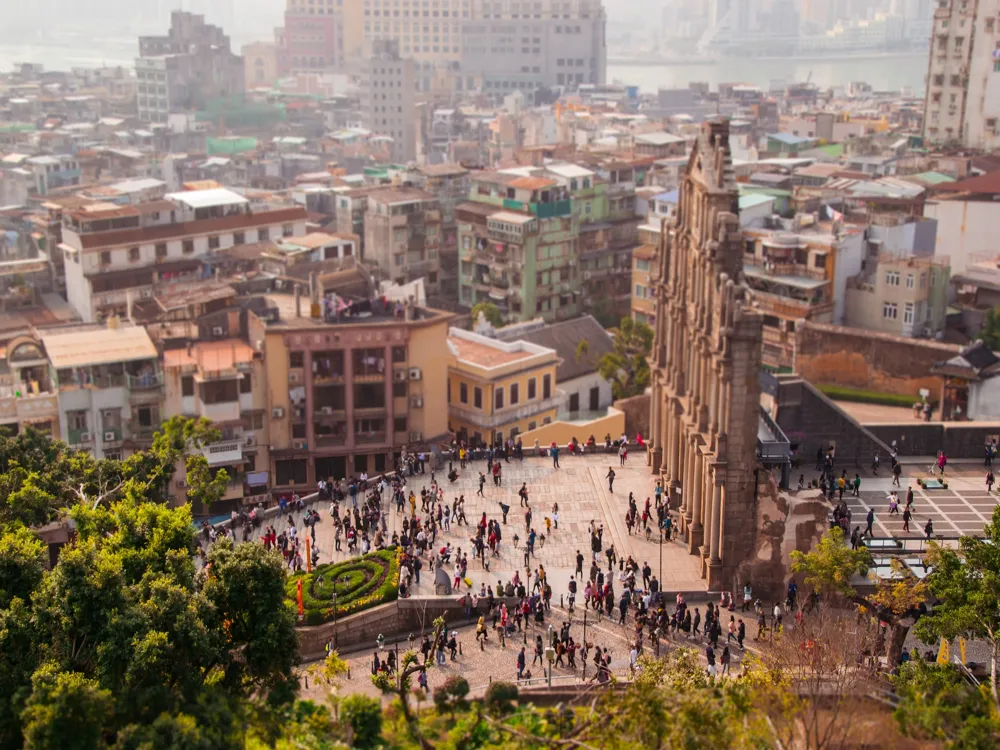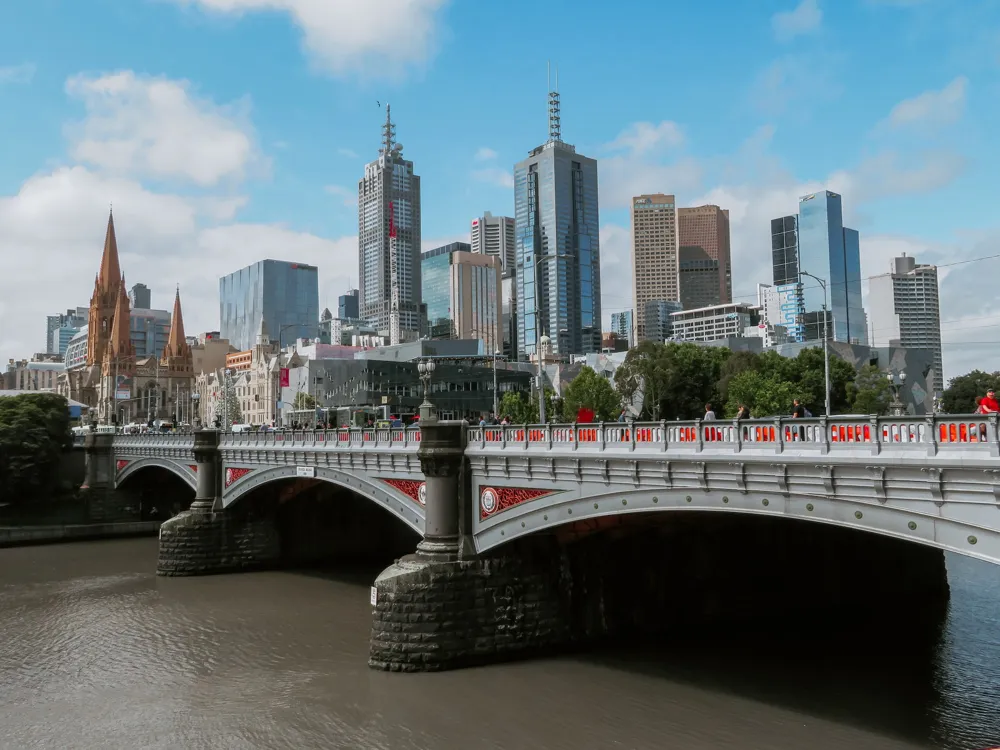Nestled in the rugged terrain of Hong Kong's outlying islands, the Cheung Po Tsai Cave stands as a testament to the region's rich maritime history. This cave, named after the infamous 19th-century pirate Cheung Po Tsai, is shrouded in mystery and legend. Cheung Po Tsai was known for his cunning and bravery, commanding a fleet of 600 ships, and was a notorious figure in the South China Sea. The cave, believed to be his hiding place and treasure stash, has become a fascinating destination for tourists and history enthusiasts alike. The geographical setting of the cave is as intriguing as its history. Located on the western side of Cheung Chau Island, the cave is part of an area known for its breathtaking natural beauty and traditional fishing villages. The island's unique blend of cultural heritage and natural landscapes provides a perfect backdrop for the mysterious cave. The cave itself is set in a rocky cliff, accessible only through a series of steps carved into the stone, adding to the sense of adventure and discovery for visitors. The legend of Cheung Po Tsai has been passed down through generations, fueling interest in the cave. Stories suggest that the cave was used by the pirate to store his looted treasures, including gold, jewels, and other valuables. While no treasure has been found in modern times, the legend continues to captivate the imagination of visitors. The cave's association with piracy adds a layer of intrigue and romance, making it a unique historical site in Hong Kong. Visiting the Cheung Po Tsai Cave is not just about exploring a physical location; it's about stepping back in time and immersing oneself in the lore and history of the region. The cave offers a rare glimpse into the maritime history of Hong Kong, a history that is often overshadowed by the city's modern urban landscape. It serves as a reminder of the turbulent and colorful past of the South China Sea, where pirates, traders, and explorers once roamed. The architecture of Cheung Po Tsai Cave is a fascinating blend of natural formations and human modifications. The cave is primarily a natural structure, formed over thousands of years by the erosive forces of wind and water. The rocky landscape of Cheung Chau Island provided the perfect setting for such a formation, with its limestone composition and rugged coastline. The entrance to the cave is relatively small, leading to a narrow passage that winds its way into the heart of the rock. This passage is believed to have been widened and modified by pirates to facilitate easier access and to create more space for storing treasures. The inside of the cave is a network of tunnels and chambers, each varying in size and shape. Some areas are spacious enough to stand up in, while others require crawling or squeezing through tight spaces. The most remarkable aspect of the cave's architecture is how it utilizes the natural contours of the rock. The pirates who modified the cave had a deep understanding of the landscape and used it to their advantage, creating a hidden and secure location for their activities. The cave's layout is strategic, with twists and turns that would have made it difficult for intruders to navigate, offering a natural defense mechanism. Over the years, some parts of the cave have been reinforced or modified to ensure the safety of visitors. Wooden staircases and railings have been added in certain sections to provide easier access and to protect the natural structure from erosion due to human activity. These additions have been made with sensitivity to the cave's historical and natural significance, ensuring that the essence of the cave remains intact. Before heading to Cheung Po Tsai Cave, it's important to check the weather and tide conditions, as these can affect accessibility. Also, make sure to wear comfortable and appropriate footwear, as the terrain can be rugged and slippery. While exploring the cave, always stay on marked paths and be mindful of your surroundings. The cave's interior can be dark and uneven, so consider bringing a flashlight. Preserve the natural and historical integrity of the cave by not littering and avoiding touching or taking anything from the cave. To fully appreciate the cave, read up on the history of Cheung Po Tsai and the local area. This will enrich your experience and understanding of the site's significance. The cave's unique structure offers great photography opportunities. However, be cautious with your equipment and be aware of the low light conditions. Reaching Cheung Po Tsai Cave is an adventure in itself. The cave is located on Cheung Chau Island, which is accessible by ferry from Central Pier in Hong Kong. The ferry ride offers scenic views of the Hong Kong skyline and surrounding islands. Once on Cheung Chau Island, visitors can either walk or rent a bicycle to reach the cave. The journey to the cave includes a picturesque path along the island's coastline, providing a wonderful opportunity to experience the local landscape and culture. Read More:Overview of Cheung Po Tsai Cave, Hong Kong
Architecture of Cheung Po Tsai Cave
Tips When Visiting Cheung Po Tsai Cave
Plan Your Visit
Safety First
Respect the Environment
Learn About the History
Photography Tips
How To Reach Cheung Po Tsai Cave
Cheung Po Tsai Cave
Hong Kong
NaN onwards
View hong-kong Packages
Weather :
Tags : Cave
Time Required : 2-3 hours
Planning a Trip? Ask Your Question
Hong-kong Travel Packages
View All Packages For Hong-kong
Top Hotel Collections for Hong-kong

Private Pool

Luxury Hotels

5-Star Hotels

Pet Friendly
Top Hotels Near Hong-kong
Other Top Ranking Places In Hong-kong
View All Places To Visit In hong-kong
View hong-kong Packages
Weather :
Tags : Cave
Time Required : 2-3 hours
Planning a Trip? Ask Your Question
Hong-kong Travel Packages
View All Packages For Hong-kong
Top Hotel Collections for Hong-kong

Private Pool

Luxury Hotels

5-Star Hotels

Pet Friendly




















